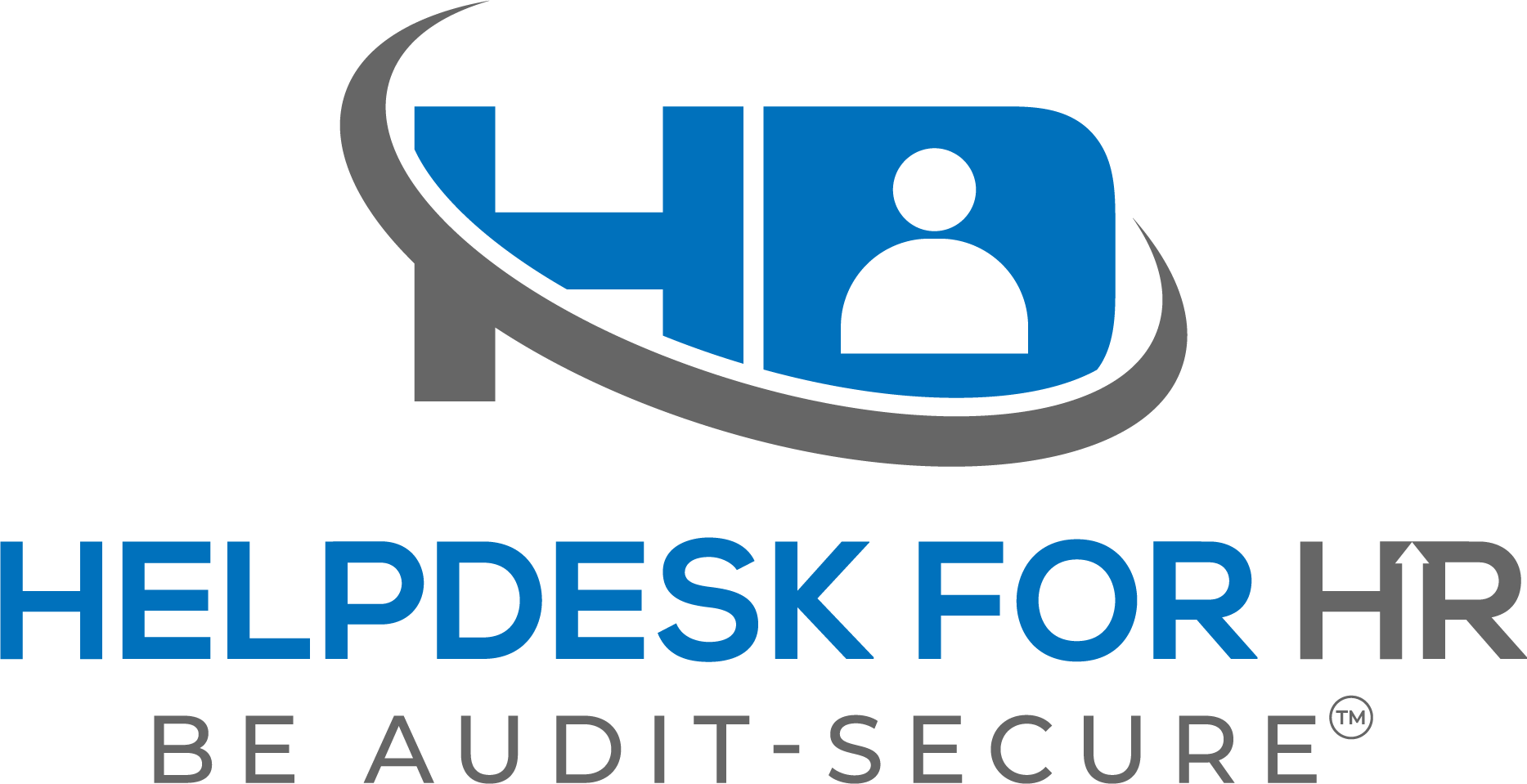Hey Compliance Warriors and Bosses!
Oregon has taken significant steps to update its leave regulations, marking a notable shift in the landscape of employment law within the state. Finalized on February 29, 2024, and effective as of March 2, 2024, these updates to the Oregon Family Leave Act (OFLA) and the Sick Time law reflect both technical adjustments and substantive changes aimed at providing clearer guidance and expanded rights for employees. Here’s an overview of the key highlights from the recent updates that employers and employees alike should be aware of.
Documentation of “Affinity” Relationships
In an effort to accommodate diverse family structures, the updated regulations now allow employers to require documentation proving the existence of an “affinity” relationship when an employee takes sick leave or OFLA leave to care for or grieve a family member. This update includes the provision of sample language to help employers implement this requirement effectively, ensuring that all forms of family relationships are recognized and respected under the law.
Inclusion of Domestic Partners
A notable inclusion in the updated regulations is the elimination of the same-sex requirement for domestic partners under both the OFLA and Sick Time law. This change broadens the definition of a domestic partner, ensuring that all domestic partnerships are recognized equally, irrespective of the partners’ genders.
Calculation of Average Hours for OFLA Eligibility
The regulations introduce a new requirement for employers to include any hours of protected leave taken by an employee when calculating their average hours per week for OFLA eligibility. This adjustment ensures that employees’ eligibility for leave benefits is not adversely affected by their utilization of entitled leave.
Expansion of Serious Health Condition Definition
OFLA’s definition of a serious health condition has been expanded to include disability resulting from the termination of a pregnancy, as well as absences related to fertility or infertility treatments. This broadened definition acknowledges the variety of medical and health-related reasons employees may need to take leave, providing them with greater protection and support.
Dual-Coverage Leave and Paid Time Off
Employees eligible for leave under both OFLA and Paid Leave Oregon (PLO) are now permitted to use any available paid time off during their dual-coverage leave period. This update offers employees more flexibility in how they choose to utilize their leave benefits, ensuring they can maintain their income while addressing personal or family health needs.
Transition to Rolling-Forward Leave Year
For employers transitioning to a rolling-forward, one-year period for OFLA leave, there’s a new requirement to provide all eligible employees with a new, full leave bank at the start of the new OFLA leave year. This ensures that employees have access to the full extent of their leave entitlements under the updated policy framework.
Employer Action on PLO Notices
The updates clarify that upon receiving notice (from any source) that an employee has applied for PLO, employers have sufficient information to temporarily designate the absence as OFLA leave. This clarification aids employers in managing leave requests more efficiently and supports the seamless integration of PLO benefits with existing OFLA provisions.
Action Items for Employers
With these updates now in effect, Oregon employers should take immediate action to review and revise their leave policies accordingly. Ensuring compliance with the new regulations is essential, not only for legal adherence but also for supporting the well-being and rights of employees across the state.
As Oregon continues to refine and expand its leave laws, these updates represent a step forward in fostering a more inclusive, supportive, and flexible work environment. Employers and employees alike are encouraged to familiarize themselves with these changes to fully understand and leverage the rights and protections afforded under the state’s evolving legal landscape.
Be Audit-Secure!
Lisa Smith, SPHR, SCP
Note: This blog post is for informational purposes only and should not be construed as legal advice. Always consult with a legal professional for advice specific to your situation.
Sign-up HERE and Save $170!
Here is what all you will get:
- Boss Calls™ – Access to EVERY Boss Call™ – Past & Future.
- HelpDesk for HR VAULT – Access to all 8 of our proprietary tools and applications to make your workday simple.
- Forms, Docs, Policies and Procedures Library – 700+ samples you can download and edit to fit your needs.
- U.S. ePoster Club – Download state, city, and local posters. Both required & recommended, for all 50 states & D.C.
- Same-day email support – Write to our team of SPHR and SCP professionals with all your HR questions.
![]()
